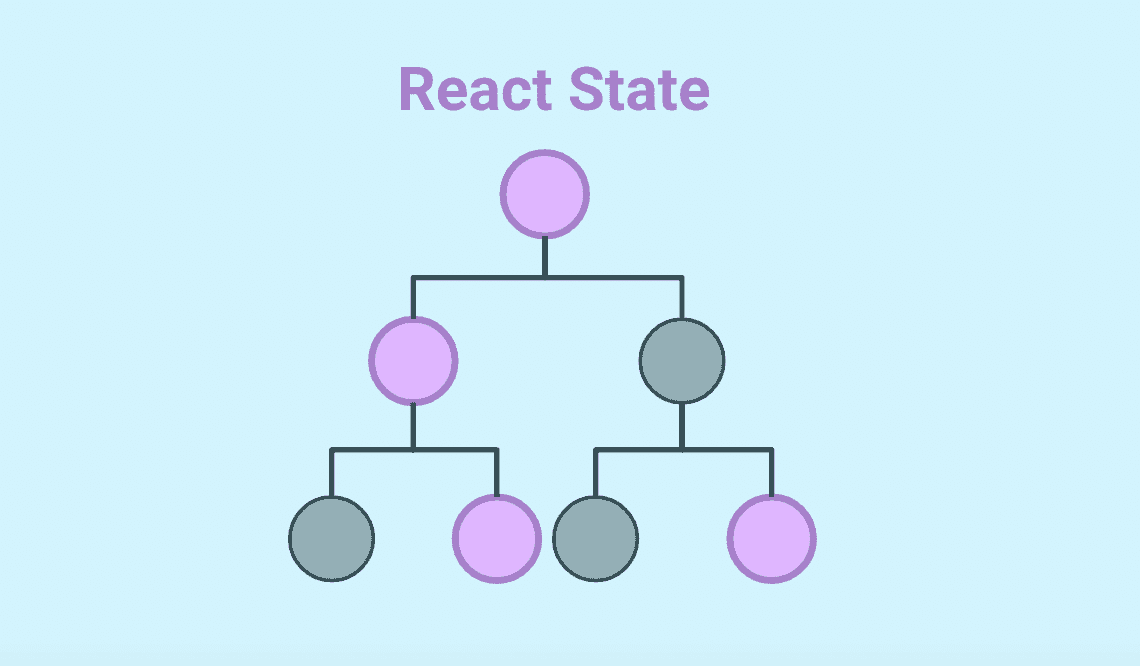Who Am I ?
About Me
I am Surinder Singh, a dedicated and results-driven web developer
with a strong passion for creating responsive and engaging web
applications.
I have acquired a comprehensive skill set in JavaScript, React,
HTML, CSS, jQuery, and frameworks like Bootstrap and Ant Design. I
am committed to staying up-to-date with emerging technologies,
continuously expanding my skill set, and implementing new concepts
to deliver high-quality front-end solutions.
I am now seeking opportunities to contribute my expertise in
front-end development while working in a supportive and balanced
work environment.





